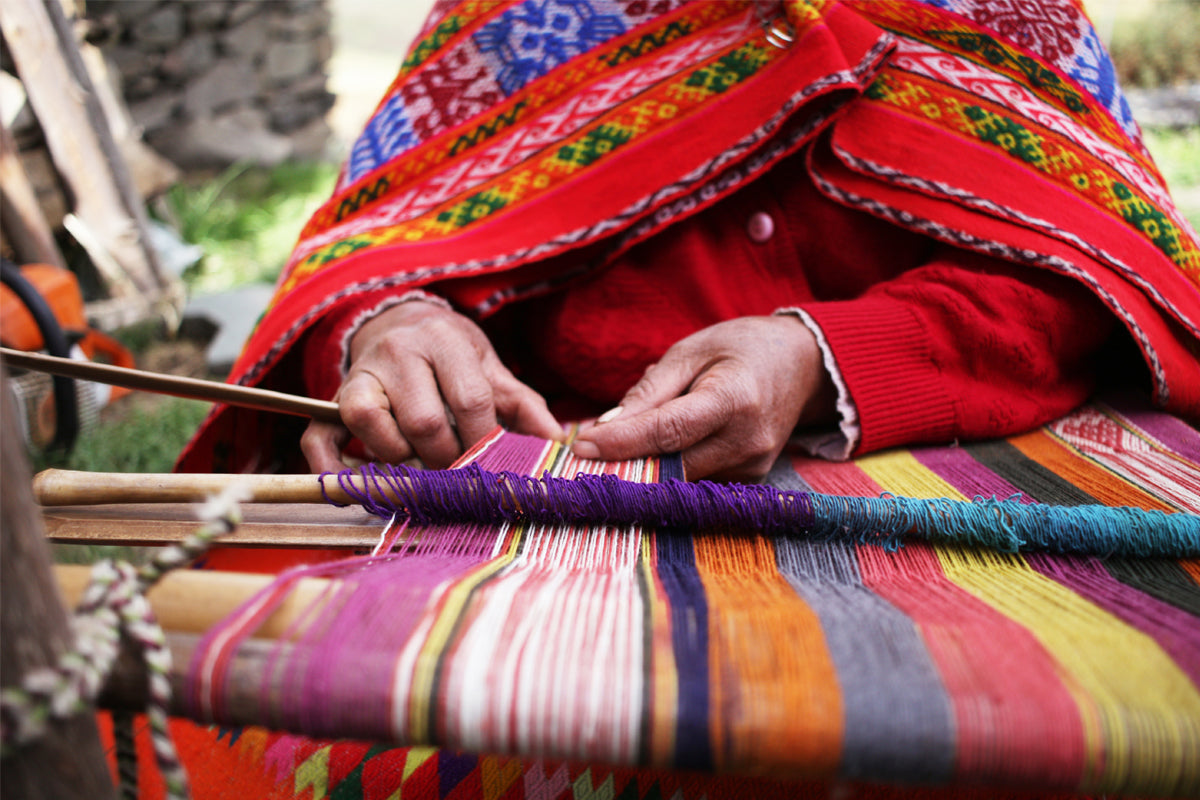The Colors of Inca Culture: Magical Tourism in Artisan Fairs
The vibrant colors of Inca culture resonate with life in artisan fairs, where ancestral heritage manifests in every product. These fairs are more than mere markets; they are cultural meeting spaces that celebrate Andean identity. Here, artisans share their talent and stories through colorful textiles, ceramics, and other artworks. As visitors wander through these markets, they not only discover unique crafts but also engage in a rich cultural exchange. This blog explores the wealth of colors and traditions of Inca culture through artisan fairs, revealing their significance in magical tourism.
The Essence of Artisan Fairs
Artisan fairs represent the beating heart of Inca culture, where art and community intertwine. In cities like Cusco and Pisac, visitors immerse themselves in a vibrant atmosphere filled with creativity. These fairs provide artisans with a space to showcase their work, promoting the local economy and the preservation of traditional techniques. By interacting with the creators, tourists learn about the production process, from spinning to hand-painting, and experience firsthand the dedication and effort behind each piece. This personal connection transforms the shopping experience into a celebration of Andean culture, where each object tells a unique story.
Colors and Symbolism in Craftsmanship
The colors in Andean crafts hold deep meanings that transcend the visual. Each hue reflects the Inca people's connection to nature and their spiritual beliefs. For instance, red symbolizes fertility and life, while yellow represents the sun and wealth. Artisans carefully select the colors they use, each intended to communicate cultural stories and values. This vibrant palette not only beautifies the products but also invites visitors to explore the Inca worldview more deeply. Through these shades, a bridge is created between the past and the present, strengthening cultural identity.
Traditional Production Techniques
The production techniques in artisan fairs are a legacy passed down from generation to generation. Each artisan is a custodian of ancestral knowledge, using local materials such as alpaca wool and clay. The fairs become a stage where these masters showcase their skills, from weaving tapestries to hand-painted ceramics. Each technique reflects not only creativity but also a profound respect for the environment and local culture. Visitors have the opportunity to observe and learn, enriching their appreciation for the dedication behind each artwork. This focus on authenticity ensures that these practices endure over time.
Andean Gastronomy: Authentic Flavors
Artisan fairs are also a feast for the senses, offering a delicious variety of traditional dishes that reflect the richness of Andean gastronomy. Visitors can taste delights such as ceviche, pachamanca, and chicha morada, all prepared with fresh ingredients and traditional techniques. The food not only nourishes the body but also connects tourists with local culture, as each dish tells a story of tradition and sustenance. The fairs often feature culinary workshops where participants can learn to cook these recipes, creating an immersive experience. This fusion of art and gastronomy highlights the cultural diversity and heritage of the region.
Interaction Between Tourists and Artisans
Artisan fairs are a meeting point where tourists and artisans share experiences and knowledge. This cultural exchange fosters a genuine connection, allowing visitors to hear the life stories of the creators and understand the challenges they face. By interacting directly, tourists become not only consumers but also active participants in the preservation of Andean culture. This type of relationship promotes responsible and ethical tourism, where the work of artisans is valued and their legacy respected. The fairs transform into spaces of dialogue and understanding, where culture is shared and celebrated authentically.
The Role of Sustainable Tourism
Sustainable tourism is fundamental to the future of artisan fairs and the preservation of Inca culture. As interest in authentic experiences grows, it is essential that tourism practices respect and benefit local communities. Sustainable tourism initiatives promote responsible consumption and a focus on environmental conservation. By choosing to participate in artisan fairs, tourists contribute to the economic well-being of communities, ensuring that traditions remain alive. This model of tourism not only enriches the visitor experience but also protects Inca culture and heritage for future generations.
The Evolution of Artisan Fairs
Artisan fairs face challenges and opportunities in a constantly changing world. Globalization and mass tourism can threaten the authenticity of traditions but also offer new platforms for promotion. Artisans and communities must adapt, seeking a balance between preserving their cultural identity and incorporating innovations. Community projects that foster education, economic empowerment, and sustainability are essential for the future of the fairs. By facing these challenges, artisan fairs not only survive but also thrive as vibrant testimonies to Inca culture.
The artisan fairs of Inca culture reflect the richness and diversity of this civilization. Through their colors, techniques, and culinary traditions, visitors gain a deeper understanding of Andean identity. The connection between tourists and artisans promotes responsible tourism that respects and celebrates cultural heritage. By participating in these fairs, individuals contribute to the sustainable future of Inca culture, ensuring that its traditions continue to be a living testament for generations to come.
Sources Consulted
- Hemming, John. The Conquest of the Incas. Macmillan, 2012.
- Rowe, John Howland. "Inca Culture at the Time of Spanish Conquest." Handbook of South American Indians, 1946.
- Silverman, Helaine, and William H. Isbell (eds.). Handbook of South American Archaeology. Springer, 2008.
- Lavallée, Danièle. The First South Americans: The Colonization of a Continent from the First Evidence to High Culture. University of Utah Press, 2000.
Article originally published on [3/17/2024], updated on [10/23/2024]


